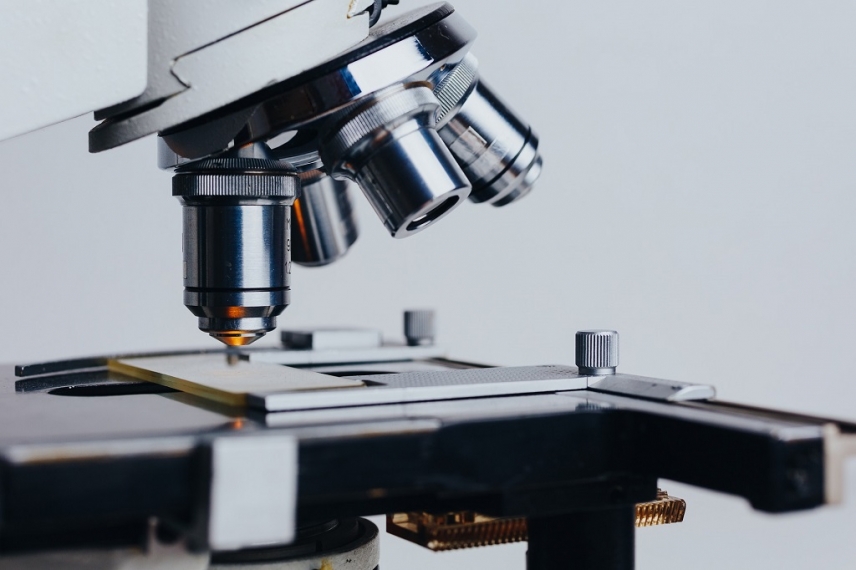
Among the elements used by scientists to manipulate matter at this tiny scale are the so-called “vortex” beams, in which light spirals around its axis of travel, transmitting momentum to the microscopic object. The UCO physicist, working with the University of Strathclyde in Glasgow thanks to the UCO Research Support Programme, has succeeded in producing beams of this kind. The novel feature of the study is that the method used for beam generation is much simpler than usual, based on a laser configuration. As Rodríguez himself notes, these beams have hitherto been produced using “a large number of instruments in a much more complex assembly”. Now, research has allowed the whole process to be channelled through a single device, making the process far simpler and more economical.
More specifically, Rodríguez and his team have succeeded in generating “vector vortex beams”, whose polarisation – the ability of waves to oscillate in more than one direction – is non-uniform. Vortices of this kind therefore produce different patterns of polarisation, each of which has different technological applications.
This, indeed, is another novel feature of the technique: by channelling the whole process into a single device, the polarisation pattern can be changed by modifying the current supplied to the device. As a result, the new method is highly-versatile, enabling a wide range of applications in micromachining, atom trapping, nanoparticle illumination, microscopy, computing and medicine.
This new method, which is to be the subject of further research, multiplies the future potential of nanotechnology, facilitating access to a world which only a few years ago was beyond our reach.
References:
Spontaneous Formation of Vector Vortex Beams in Vertical-Cavity Surface-Emitting Lasers with Feedback. Jesus Jimenez-Garcia, Pedro Rodriguez, T. Guillet, and T. Ackemann. Phys. Rev. Lett. 119, 113902 – Published 15 September 2017
Â
Â
Â


